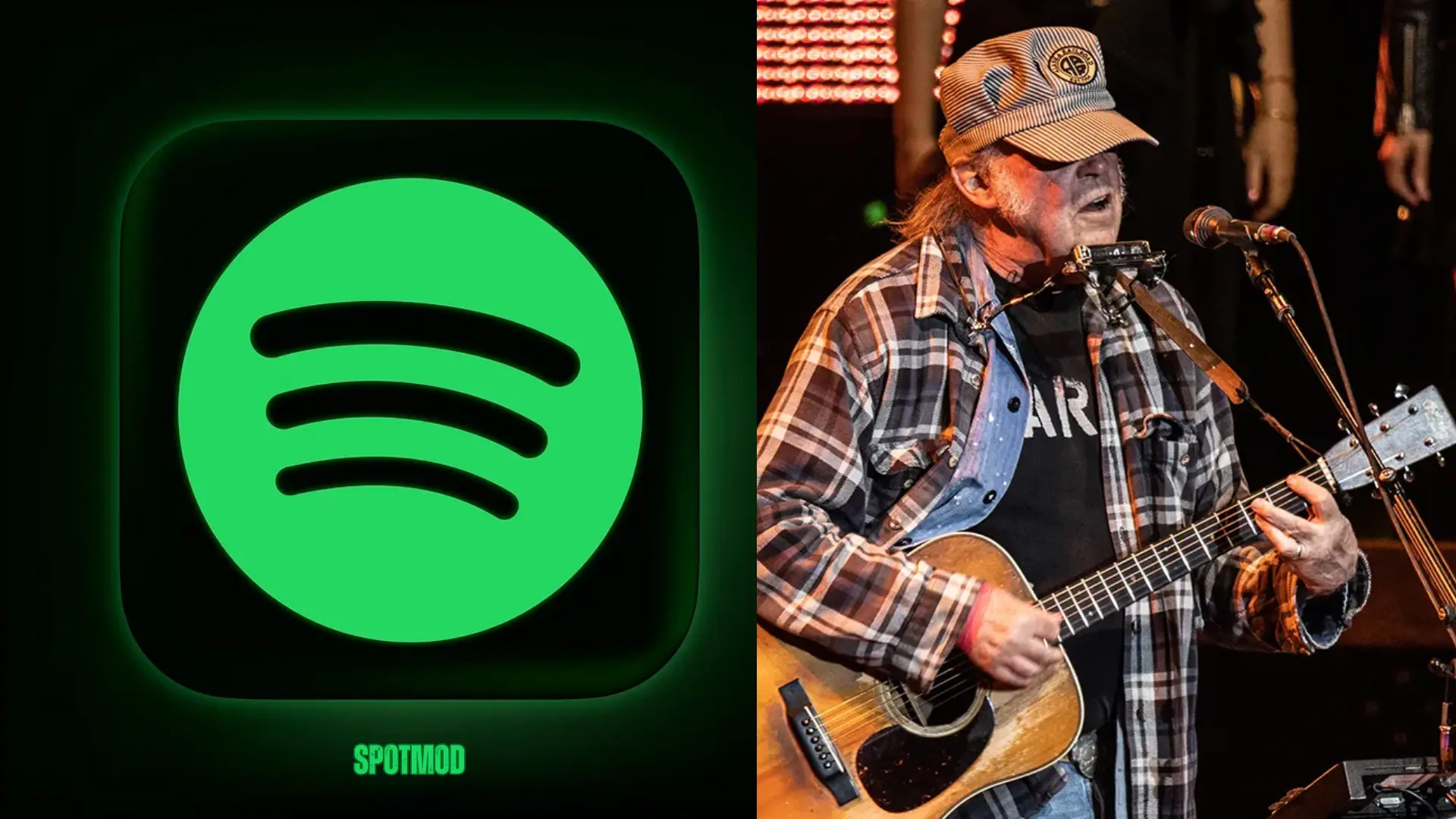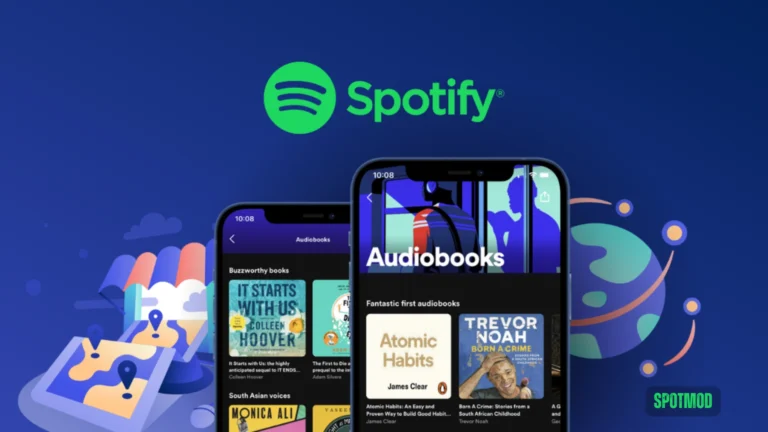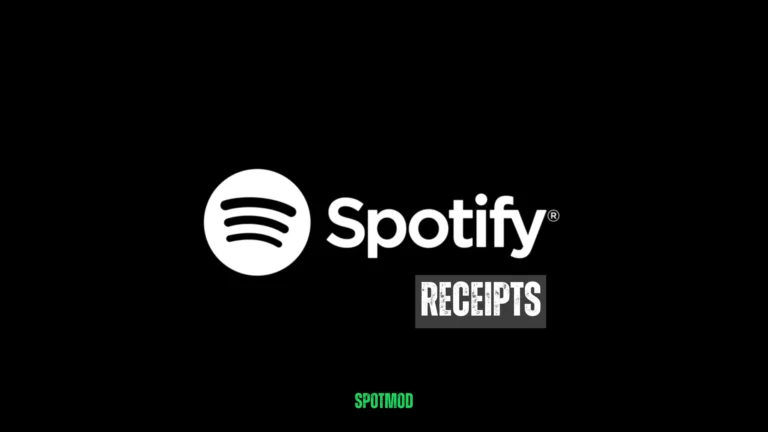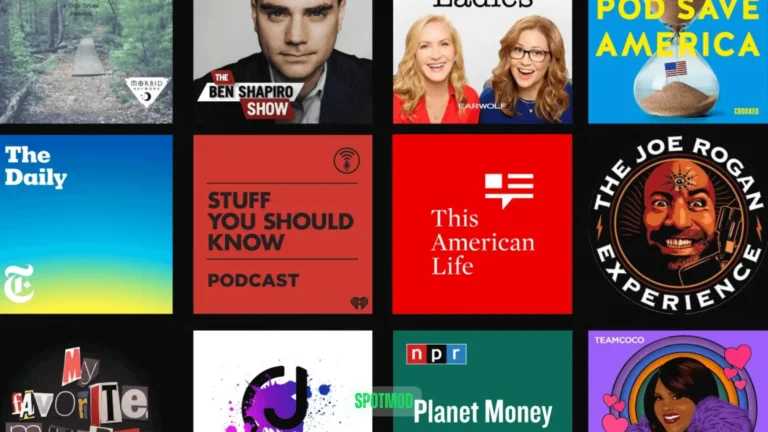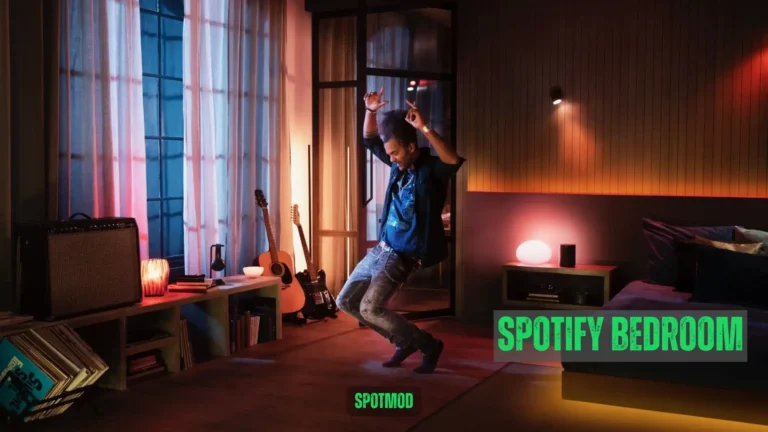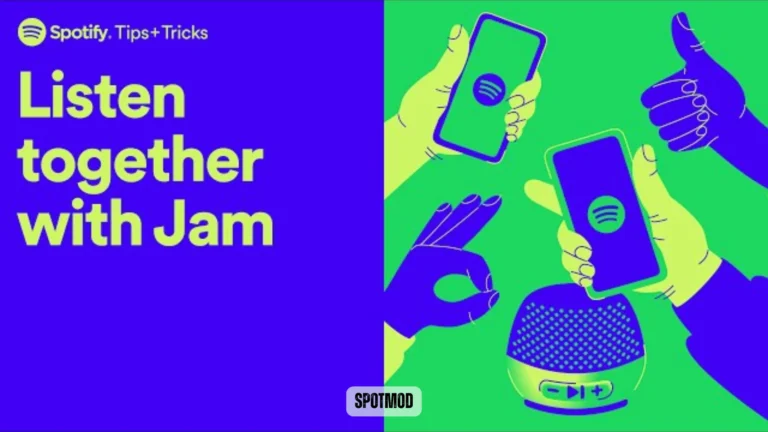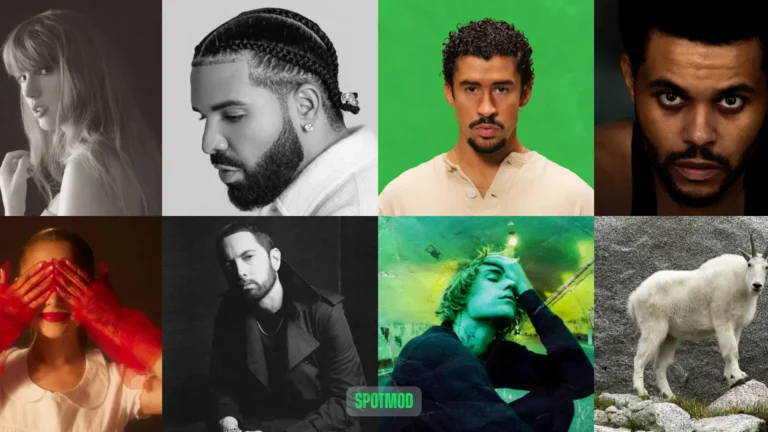Spotify Welcome Back Neil Young – A New Streaming Chapter
After more than two years off the world’s biggest audio platform, Neil Young is officially back on Spotify. His catalog quietly returned in early 2025, catching fans by surprise and reigniting discussions about music, misinformation, and platform responsibility.
This decision marks a significant shift — not just for Young, but for how artists navigate the digital streaming era, where ideals often collide with influence.
Neil Young Back on Spotify: A Comprehensive Overview
Neil Young originally removed his entire music catalog from Spotify in January 2022. His protest was in direct response to what he considered the platform’s failure to curb misinformation — specifically around COVID-19 and content aired in Joe Rogan’s podcast.
At the time, Young issued an open letter demanding Spotify choose between his music and Rogan’s show. Spotify chose Rogan, citing a commitment to free expression. Young, standing firm on his principles, pulled out.
Fast forward to 2025 — his entire discography is now live again. And while this may seem like a reversal, it’s actually a strategic re-entry shaped by broader realities.
The Department: A Stand Against Misinformation
Background
Young’s 2022 protest wasn’t just a personal stance — it became symbolic. As an artist known for political consciousness and environmental activism, he has long used his platform to push for truth and accountability.
By pulling out of Spotify, he sent a message that artists can still draw lines, even in a market driven by mass consumption.
Impact
His move sparked a wider industry debate about content moderation, artist autonomy, and the ethical obligations of streaming platforms. While Young’s absence didn’t cripple Spotify, it did highlight serious cracks in the platform’s public image and opened space for dialogue about misinformation and accountability.
The Return: A New Part
Reasons for Re-seat
In a March 2025 blog post on his website, Neil Young stated:
“I can’t leave every platform. All music services are now moving toward the same misinformation problem.”
Young acknowledged that Spotify is no longer unique in allowing problematic content. Instead of chasing a moral high ground through platform exits, he’s opted for strategic presence — using reach to remain relevant and possibly influence from within.
Impact and Influence
Rather than compromise, this marks a recalibration. It’s the realization that in order to be heard — both literally and ideologically — artists must sometimes operate within imperfect systems.
Young’s return isn’t about giving in. It’s about finding new ways to uphold values in a fragmented, digital-first world.
Changes at Spotify
Since 2022, Spotify has made modest efforts to address misinformation. These include:
However, critics argue these changes are surface-level. Young’s return may push the conversation further — and reignite pressure on Spotify to improve.
Fan Approach and Outreach
Fan reactions have been largely positive. While many respected his protest, others missed the ease of streaming his vast catalog. Social media is buzzing with celebratory playlists and nostalgic throwbacks.
Importantly, most fans seem to understand that his return is not hypocrisy, but strategy.
Industry and Fan Reactions
Industry insiders are mixed. Some hail Young’s move as “inevitable,” given the universal reach of Spotify. Others see it as a “disappointing concession.”
But most agree: this moment reflects the tension every modern artist faces — between standing firm on values and staying present in the cultural conversation.
Broader Implication for the Music Industry
Artist Autonomy and Streaming Platforms
Young’s stand reminds us that while streaming services offer exposure, they also limit artist control. His return may inspire more artists to speak out from within, rather than exit the system entirely.
Misinformation and Platform Responsibility
The debate he helped spark is far from over. Spotify, YouTube, Apple Music, and others continue to grapple with how to balance free speech with factual integrity. Neil Young’s case remains a reference point in how those platforms respond — or fail to.
The Balance of Principles and Reach
Ultimately, Neil Young’s journey tells us this: artists can hold fast to principles while still adapting to digital reality. His return isn’t the end of a protest — it’s the start of a smarter fight.
Conclusion
Neil Young’s return to Spotify in 2025 is more than a headline. It’s a marker of how music, ethics, and technology now intersect. In an age where platforms shape global culture, this moment forces both creators and audiences to ask: What do we stand for, and how do we stay in the room?
Young hasn’t surrendered. He’s simply chosen a different stage. Listen to Neil Young on Spotify on iOS, Android, Mac, and TV.
For more tools, mods, and Spotify content, visit our homepage.

